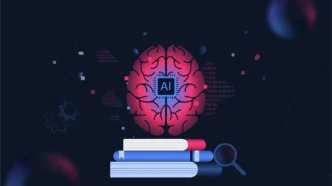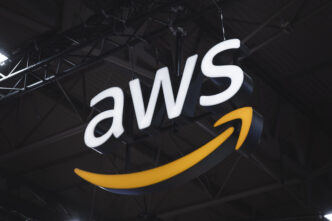The integration of AI in education is a hotly debated topic, bringing both exciting opportunities and serious concerns. As artificial intelligence continues to evolve, there’s a growing push to bring it into schools, and for good reason. In a recent executive order, President Trump emphasized that future generations must be prepared for a world where automation is central. He stated, “To ensure the United States remains a global leader in this technological revolution, we must provide our nation’s youth with opportunities to cultivate the skills and understanding necessary to use and create the next generation of AI technology.”
What Does AI Look Like in the Classroom?
One of the most promising aspects of AI in education is its potential to personalize learning. Imagine AI-driven software that can assess each student’s progress and adjust lessons and materials to fit their individual needs. This would move away from the traditional one-size-fits-all approach and create a more tailored, adaptive learning environment.
The executive order highlights this possibility, pushing for innovations like AI-based high-quality instructional resources and high-impact tutoring. This shift aims to improve learning outcomes by addressing individual challenges, enhancing engagement, and providing more support where it’s needed most.
AI’s Impact on Teachers
AI has the potential to transform teaching by lightening the administrative load on educators. Tasks like grading and attendance tracking could be automated, freeing up valuable time for teachers to focus on what they do best: teaching. Additionally, AI could offer new ways to present information, making lessons more engaging and interactive.
Getting students familiar with AI early on could also help demystify the technology, sparking curiosity and fostering creativity. This early exposure could lay the foundation for students to become “active and responsible participants in the workforce of the future,” as President Trump’s executive order suggests.
AI tools such as text-to-speech and translation features also have the power to increase accessibility for students with disabilities. These innovations help create more inclusive educational environments, ensuring all students, regardless of ability, can engage with the material.
Addressing the Challenges of AI in Education
While the potential of AI in education is vast, it’s important to address the significant challenges it brings.
Data privacy is a major concern. AI systems rely on vast amounts of student data, which must be handled securely and ethically. Strict rules are necessary to ensure data is used appropriately and kept safe from breaches. Privacy protection should be a top priority in any AI-driven education system.
Another challenge is the issue of bias. AI systems can perpetuate existing societal biases if the data used to train them reflects historical inequalities. This could lead to biased assessments or unfair resource allocation. Ongoing testing and monitoring are crucial to detect and correct such biases before they cause harm.
The digital divide is another hurdle. Not all students have equal access to the necessary technology and internet connectivity, which could exacerbate inequalities. AI has the potential to widen this gap, making it essential to ensure that all students have fair access to the tools they need for success.
There’s also a risk that over-reliance on AI could hinder critical thinking. If students become too dependent on AI tools, they may miss out on developing essential problem-solving and analytical skills. It’s important to teach students how to use AI as a helpful tool, rather than a crutch that they cannot function without.
Preparing Teachers for AI Integration
Perhaps the most pressing challenge is ensuring that teachers are prepared to effectively use AI in the classroom. As the executive order rightly points out, “We must also invest in our educators and equip them with the tools and knowledge.” This goes beyond simply learning how to operate AI tools; teachers need to understand how to incorporate AI into teaching methods ethically and effectively.
A recent poll by the GMB Union found that while about a fifth of UK schools are already using AI, many teachers are not receiving the training they need to implement these technologies successfully. Ongoing professional development and support are key to ensuring that educators are equipped to make the most of AI.
Successfully integrating AI into education will require cooperation between governments, schools, tech companies, and teachers. Clear policies and standards around ethics, privacy, and accessibility are essential to ensure AI benefits all students. Research should also continue to explore the best ways to use AI in education, focusing on creating fair and effective tools.
Additionally, there needs to be a long-term commitment to teacher education, helping educators stay up-to-date with AI advancements. Building broad AI literacy across student populations will ensure that everyone has a basic understanding of the technology and its impact on society.
AI could be a transformative force in education, making learning more personalized, efficient, and focused on the skills that students need. However, realizing this potential requires navigating the ethical, practical, and teaching challenges head-on to ensure AI enhances rather than hinders the educational experience.













